Your smartphone killed more products than any other invention in history. One device replaced cameras, calculators, maps, music players, and alarm clocks—but that’s just scratching the surface. The real casualties are the rituals, the shared experiences, and the weird little moments that made life more tactile. These 15 extinct innovations didn’t just vanish—they took entire cultures with them.
13. The Personal Audio Mixtape
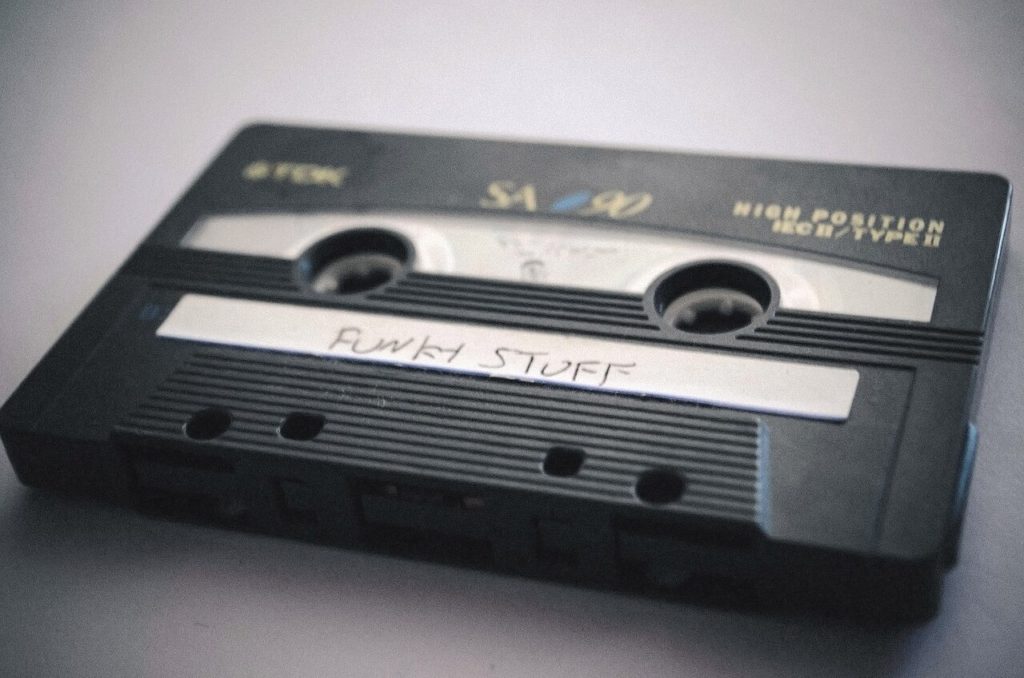
Cassette tapes enabled musical personalization that streaming playlists still can’t match. Recording songs from radio required timing and patience. Creating mixtapes meant selecting tracks carefully, considering emotional flow, and often decorating cases with personal artwork. Each tape represented hours of dedicated curation.
Digital formats offer convenience but eliminate the personal investment that made mixtapes special. Rewinding and fast-forwarding created a different relationship with music—one where songs weren’t instantly skippable and playlists represented genuine work rather than algorithmic suggestions.
12. The Mechanical Writing Machine
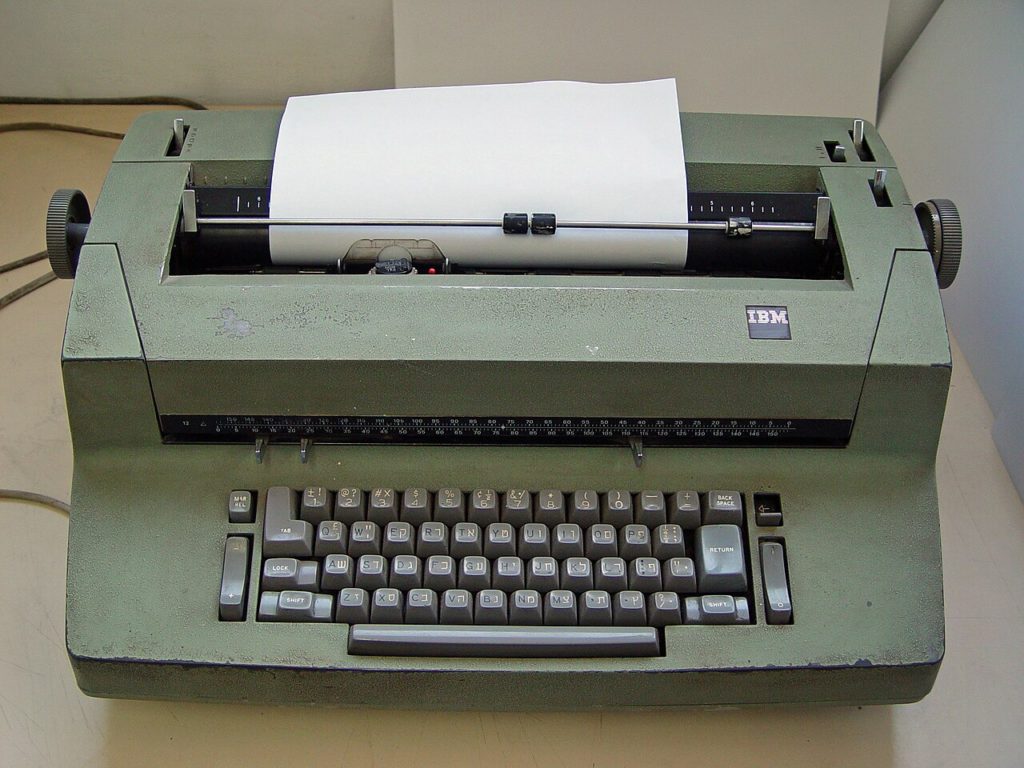
Typewriters demanded commitment. Each keystroke transferred characters to paper with satisfying mechanical precision, but mistakes couldn’t be undone with a backspace key. Errors required correction fluid, careful realignment, or starting completely over. The clickety-clack rhythm accompanied every writing session.
Computers eliminated these limitations while removing the physical relationship between writer and text. We traded the permanence of ink for pixel flexibility, losing the satisfying carriage return ding and the intentionality that came with knowing every keystroke mattered.
11. The Street Corner Information Kiosk
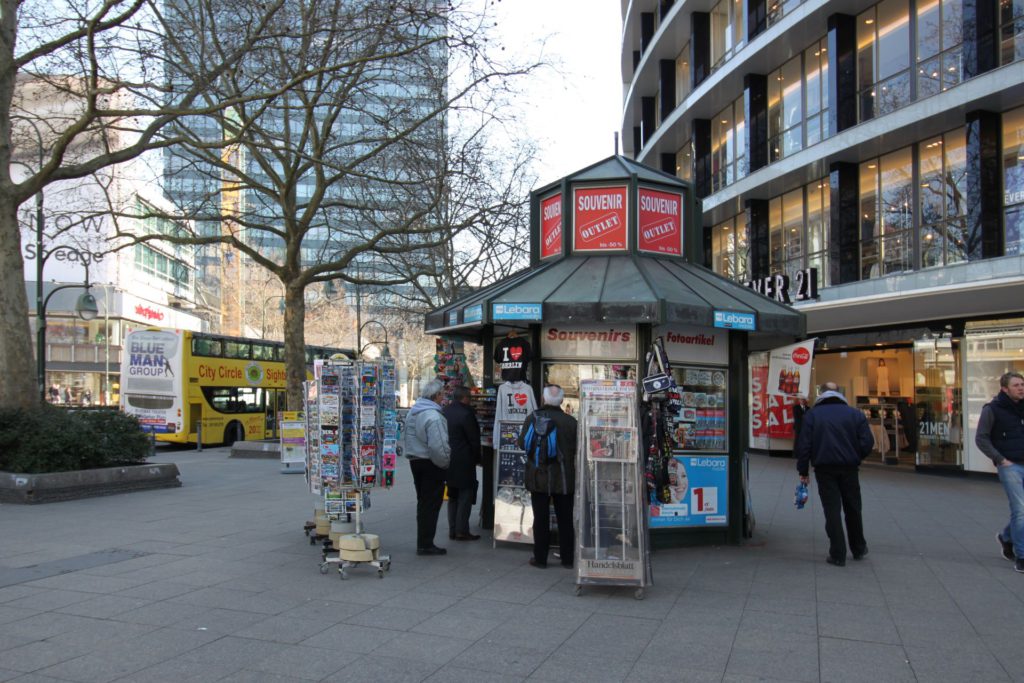
Newspaper vending machines functioned as 24/7 information outposts on every street corner. Drop in coins, pull the door, grab your daily headlines—an analog version of opening a news app, but operating on the honor system that you’d only take one paper.
Digital news consumption made these metal boxes obsolete overnight. We shifted from news as a deliberate, physical transaction to constant, frictionless content streams. The disappearance of these machines represents our transformation from seeking information to having information seek us—whether we want it or not.
10. The Smoker’s Flexible Friend

Bean bag ashtrays combined 1970s aesthetics with practical functionality. These malleable smoking accessories conformed to any surface, ensuring your cigarette had a safe resting place whether you were lounging on shag carpet or relaxing on a waterbed. Form followed function in the grooviest way possible.
Declining smoking rates and indoor smoking bans made these once-ubiquitous coffee table fixtures disappear faster than secondhand smoke in a breeze. Their extinction marks the end of an era when design embraced both practicality and whimsy, even for something as mundane as ash collection.
9. The Communication Lifeline

Payphones stood as communication beacons in public spaces, offering connection to anyone with pocket change. These ubiquitous booths served as lifelines for travelers, teenagers, and anyone caught without other contact options. Finding a working payphone became a plot device in countless movies and TV shows.
Mobile phones eliminated this infrastructure almost overnight. The desperate search for a functioning payphone—once a relatable struggle—is now as foreign to younger generations as rotary dialing. We shifted from communication tied to locations to communication tied to individuals.
8. The Quarter-Powered Babysitter

Coin-operated kiddie rides outside grocery stores served as early parental distraction devices. Twenty-five cents bought you 90 seconds of peace while your child experienced the thrill of barely moving back and forth on a mechanical horse. Tinny speakers played cheerful music that masked parental exhaustion.
Online shopping eliminated most store visits, taking these sidewalk sentinels with them. Handing a screaming toddler an iPad might be more effective, but it lacks the charming mechanical simplicity of these quarter-powered babysitters that required no wifi, no updates, and no parental controls.
7. The Musical Discovery Temple
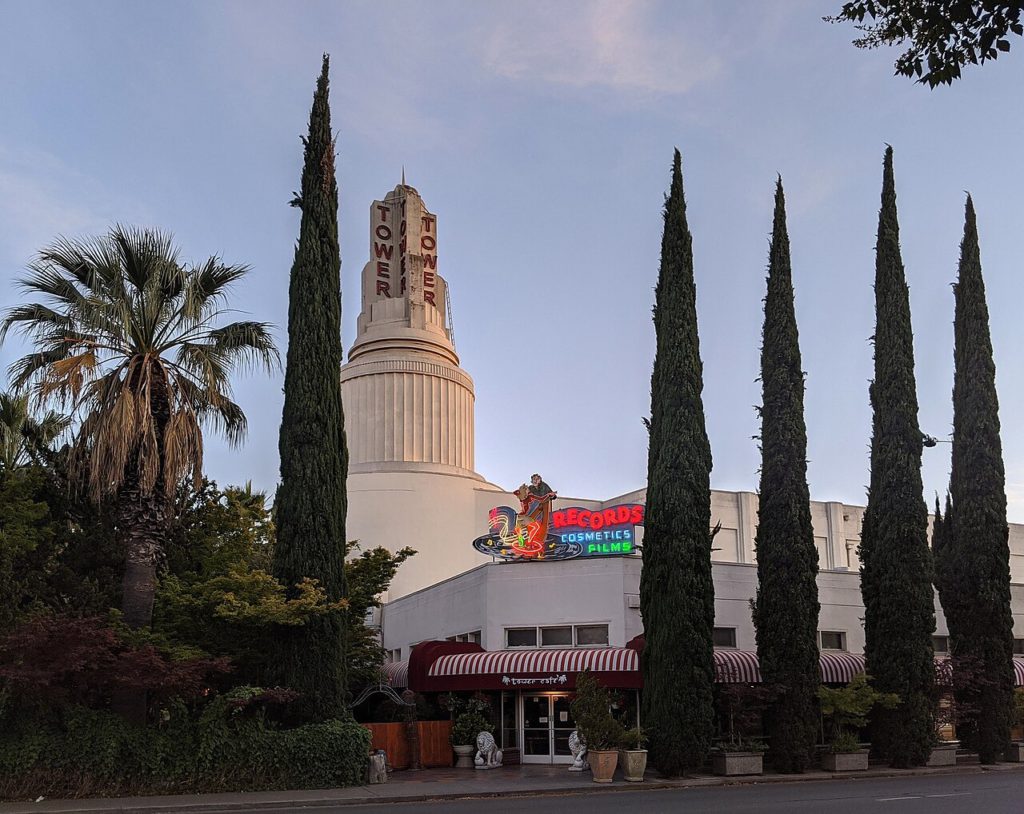
Tower Records weren’t just retail spaces—they were cultural institutions where music discovery happened through human interaction. Knowledgeable staff recommendations, listening stations, and chance encounters in the aisles created genuine community around shared musical passion. Every visit could introduce you to your new favorite band.
Digital platforms replaced human curation with recommendation algorithms, transforming music discovery from a communal experience to an isolated one. Spotify knows your listening history, but it can’t replicate the excitement of a record store employee saying, “You need to hear this.”
6. The Symphony of Trash Day

Metal garbage cans created suburbia’s weekly percussion section. Collection day announced itself with a distinctive cacophony of clangs and bangs as sanitation workers hefted these durable containers. Full metal cans required genuine strength, turning trash day into an impromptu workout for homeowners.
Plastic bins replaced these metallic veterans, prioritizing lighter weight and rust resistance over acoustic character. We gained convenience but lost one of suburbia’s most distinctive weekly symphonies. Progress came at the cost of a sound that defined Thursday mornings across America.
5. The Friday Night Movie Ritual
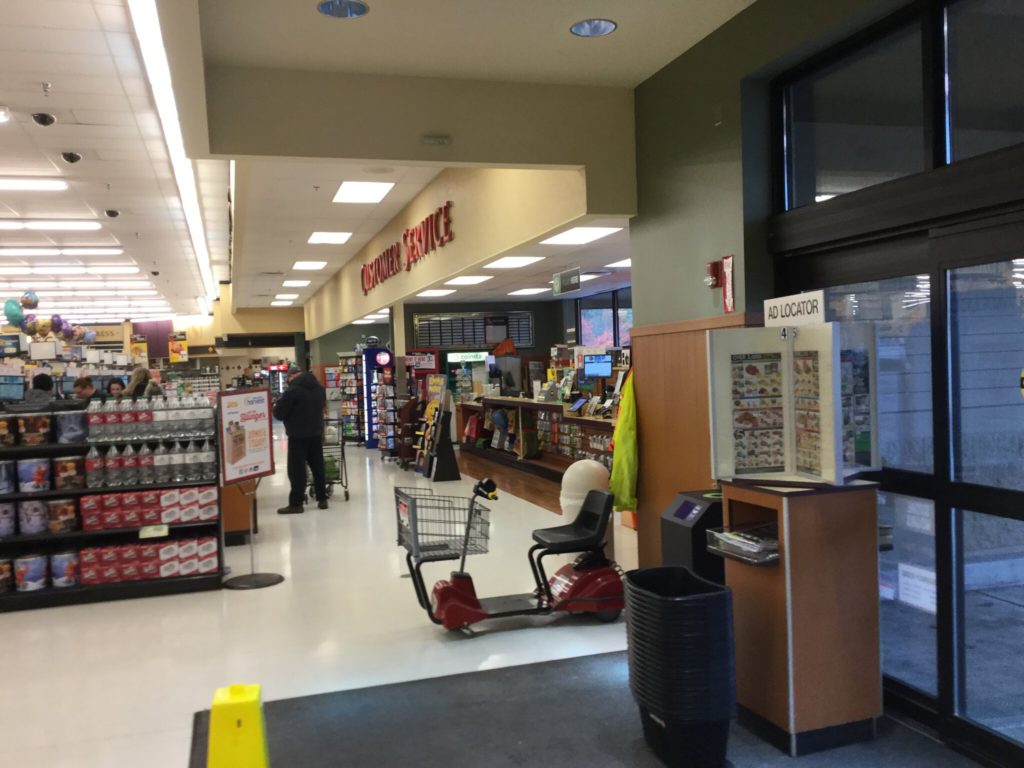
Blockbuster transformed movie selection into family social events. Friday night browsing sessions involved negotiations, compromises, and genuine excitement when you secured the last copy of a hot new release. The physical act of choosing created shared anticipation for movie night.
Streaming services replaced this communal ritual with algorithmic recommendations and infinite scrolls. Netflix gained convenience but eliminated the community aspect of “What should we watch tonight?” The question still exists, but answering it no longer requires leaving your couch or agreeing with other humans.
4. The Last Communal TV Moment
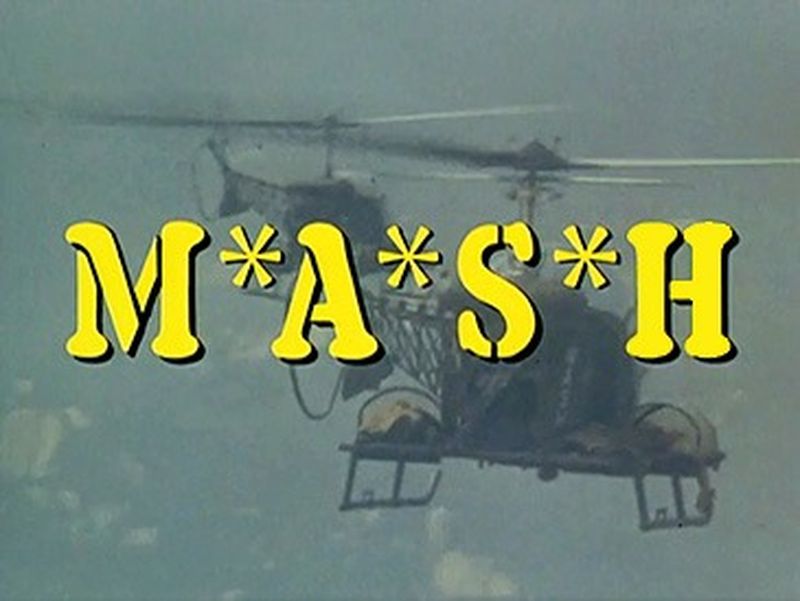
February 28th, 1983: 105.9 million Americans watched MASH sign off simultaneously. The finale grabbed a record-setting 77% share—meaning three out of every four televisions in use were tuned to the same show. Half the country experienced the same emotional moment at the exact same time.
Today’s streaming landscape makes this impossible. Netflix algorithms feed you personalized content while your neighbor binges completely different shows. The idea of 150 million people watching anything together feels as outdated as the Korean War itself. We traded communal experiences for convenience and lost something we didn’t know we’d miss.
3. The Unconventional Literary Hero
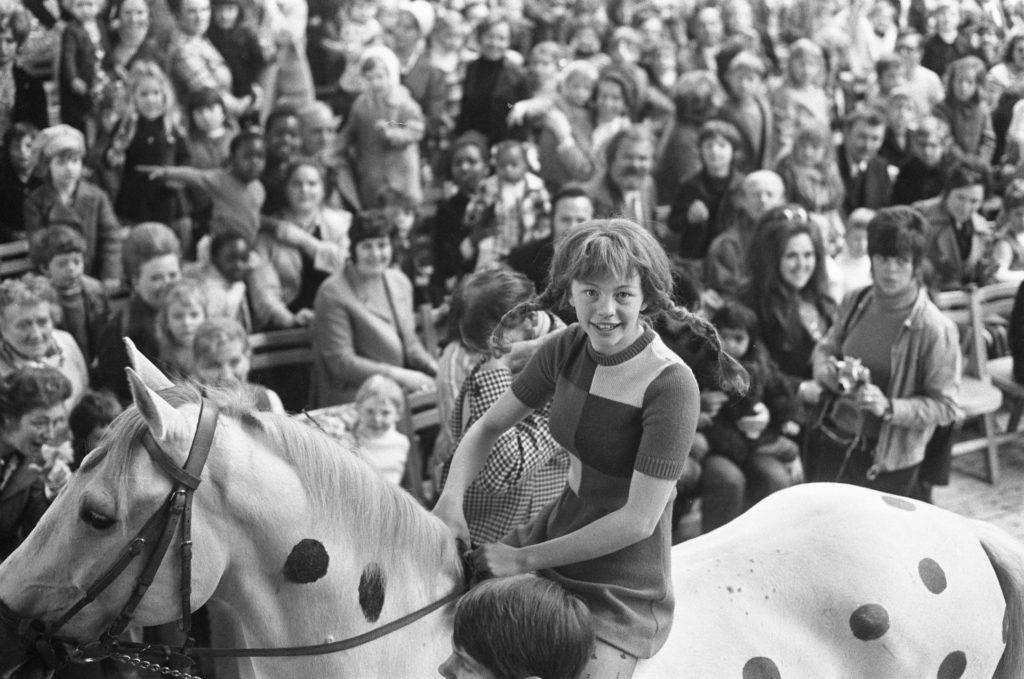
Pippi Longstocking challenged every convention about young female protagonists. Her superhuman strength and fierce independence made her a literary anomaly who lived by her own rules without complex backstories or franchise potential. She simply existed as an unapologetically strong, weird kid.
Modern children’s entertainment calculates every character trait for maximum market appeal. Pippi’s straightforward approach feels refreshingly honest compared to today’s carefully focus-grouped content. She influenced generations of characters but represents an era when kids’ heroes could be genuinely unconventional without committee approval.
2. The Analog Contact Database
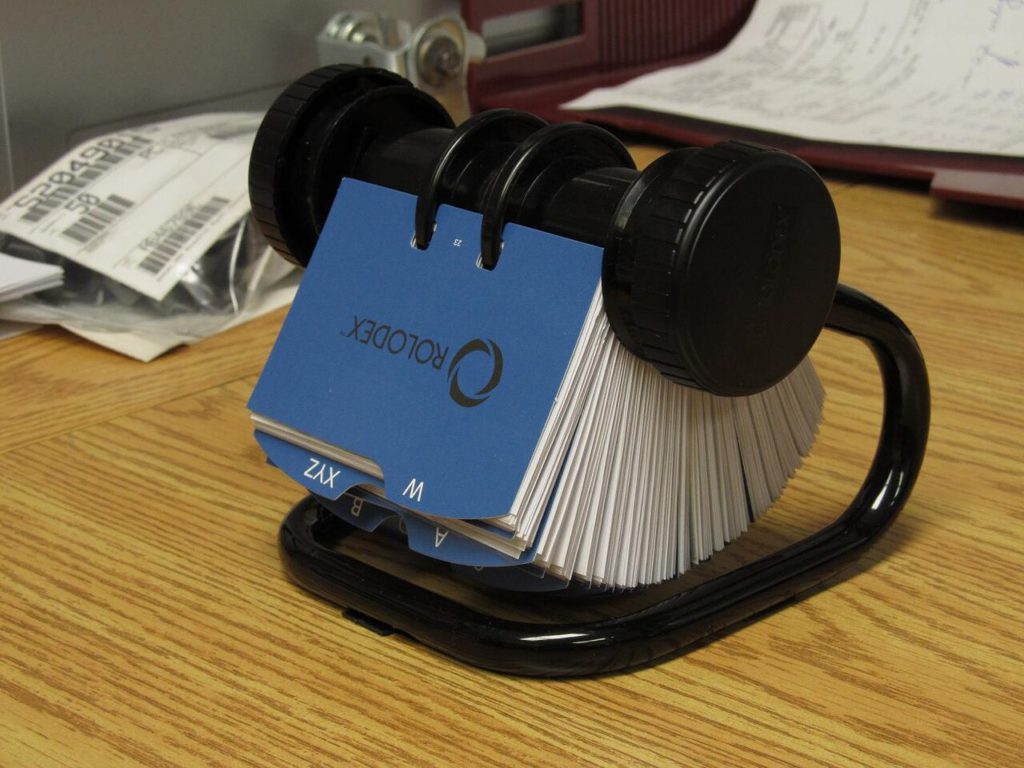
Your Rolodex size determined your professional importance. These spinning card files held business contacts with handwritten notes about spouses, kids, and preferred restaurants. The thicker your Rolodex, the more connected you appeared. Each card represented a real relationship, not an algorithmic suggestion.
Digital contact management eliminated the satisfying flip through cards but also removed the personal touch. You can’t replicate the tactile connection of thumbing through business cards to find exactly the right person. Search functions are faster, but they lack the physical relationship with your network.
1. Cigarette Vending Enablers
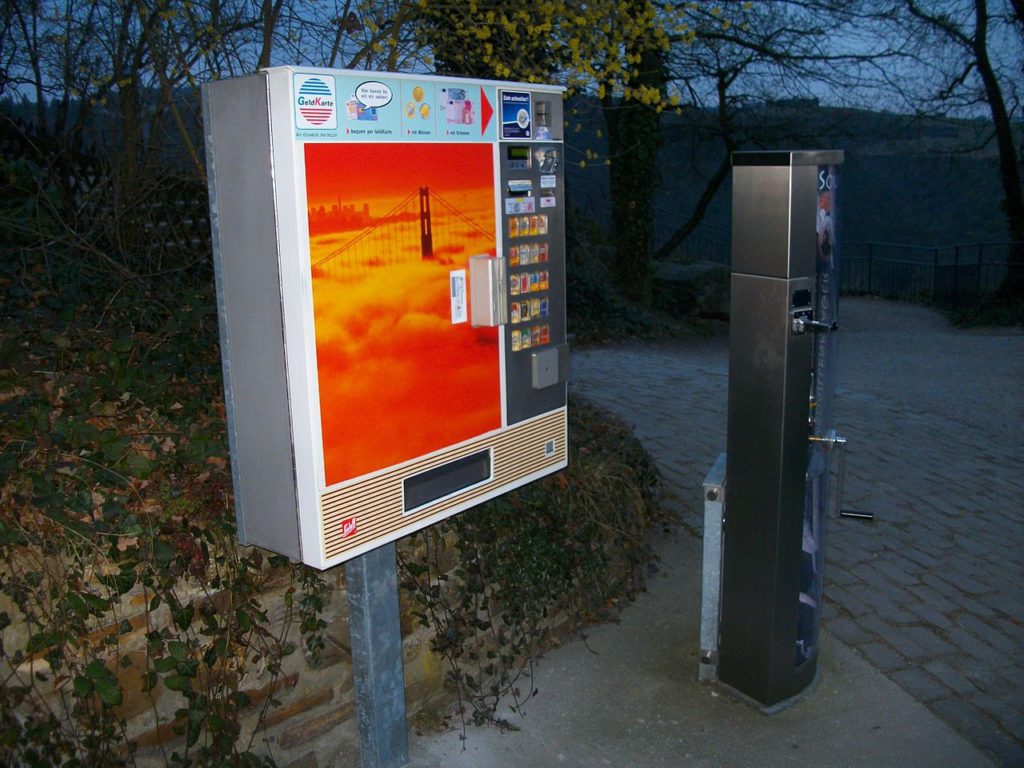
Drop coins, pull a lever, grab your cancer sticks. Cigarette vending machines required no ID verification, no human interaction, and definitely no judgment. Bars, restaurants, and hotel lobbies featured these colorful mechanical dealers that made buying cigarettes as easy as getting a soda.
Health regulators eventually realized these machines couldn’t check IDs, making them instant targets for elimination. Their disappearance represents one of those rare moments when public health actually beat convenience—a concept that feels quaint in our “deliver-everything-instantly” economy.